There's something quite magical about capturing sun stars in landscape photography. Those brilliant rays of light radiating from the sun can transform an ordinary scene into an extraordinary image. Today, I'll share my techniques for creating these captivating star effects that'll take your landscape photography to the next level.
Understanding Sun Stars: The Photographic Phenomenon
Sun stars occur when bright light sources interact with your camera's aperture. By carefully controlling your camera settings and positioning, you can create those stunning starbursts that add drama and interest to your landscape shots.
The Science Behind the Star
The magic happens when light passes through a small aperture, creating diffraction patterns. Essentially, your lens acts like a prism, splitting light into distinctive rays. The smaller the aperture, the more pronounced these star effects become.
Camera Settings for Perfect Sun Stars
I typically use these settings as a starting point:
- Aperture: f/16 to f/18 (smaller apertures create more defined stars)
- ISO: 100-200 (keep it low to reduce noise)
- Shutter speed: Varies depending on lighting conditions and if you are using a tripod or handheld.
Pro Tip: Partially hide the sun behind an object like a tree or rock to create a more defined star effect. This technique helps control the brightness and creates a more controlled burst of light.
Composition Techniques for Sun Stars
Composition is crucial when working with sun stars. Here are my favourite approaches:
1. Rule of Thirds Placement
Position the sun near one of the intersecting points in your frame. This creates a balanced, visually appealing composition that draws the viewer's eye.
2. Foreground Elements
Include interesting foreground elements like rocks, trees, or water to add depth and context to your sun star image. These elements help tell a more complete story.
3. Experimenting with Angles
Don't be afraid to move around and experiment. Sometimes, shifting your position by just a few centimetres can dramatically change the star effect. Often it’s easier to shoot without a tripod to chase the sunstar as it moves higher or lower in the sky.
Timing and Light Conditions
The best times for sun stars are during golden and blue hours. Early morning and late afternoon provide softer, more manageable light that's perfect for creating these effects.
Weather Considerations
Partly cloudy days can be ideal. Thin clouds can help diffuse the light, creating softer star effects.
Post-Processing Sun Star Images
In post-processing, I use Adobe Camera RAW and Photoshop to fine-tune my images. Subtle adjustments to highlights, shadows, and contrast can enhance the star effect without looking overdone.
Common Mistakes to Avoid
● Shooting directly into bright sun without protection, use the edges of mountains or trees etc to let the sun burst through.
● Using too wide an aperture F16 is best
● Not moving your camera as the sun gets higher or lower in the sky
Final Thoughts
Creating sun stars is part technical skill, part artistic vision. Don't get too hung up on perfect technique – sometimes breaking the rules leads to the most interesting images.
Remember my favourite saying: "You won't get a good photo sitting on the couch." Get out there, experiment, and create something unique!
Keep an eye on my YouTube channel for more detailed tutorials on landscape photography.
Happy shooting!
Brett



